I remember when I first started looking into how to start leather working. It’s pretty ominous. There are these amazing leather workers slapping together these gorgeous works of art, seemingly effortlessly, that makes leather craft as a whole feel intimidating.
What you don’t see is the countless hours of practice these unreal leather crafters have put in to get to this point (not to mention the difference good camera angles, video editing, colour grading, and Lightroom can make).
Before You Start Leather Working!
Before you go all crazy buying up the best leather tools and hides of shell cordovan, do yourself a favour and read through this guide and watch the related video. It might save you a headache and a few bucks.
Do Your Research
Diving straight into leather working before you do any research is a great way to spend money and frustrate yourself into quitting.
If you are just starting to become interested in Leather craft, I would do the following (in order):
- Get inspired! Take to the Internet and absorb as much leather working content as you possibly can! There are great videos on YouTube, pictures on Instagram, communities on Reddit and Facebook, and excellent articles written on blogs and stand-alone leather craft websites (I’ll link a bunch of resources at the bottom of this article)
- Figure out the type of Leather Work you want to do. Leather work covers a broad spectrum of different styles. I do kind of a more rugged style than what some call the “European Style”, which is to say mine is more focussed on function, than aesthetics. This “European Style is pretty much equally tough, but ads in a lot of decorative elements and tends yo look sleaker. Think a leather belt that you’d use with your jeans vs. one you’d wear with your suit. There is also tooled leather (which I have never tried), different products (wallets, bags, boots, saddles, etc), and countless other variables; each requiring a unique set of leather working tools.
- Talk to some leather workers! My experience is that most leather workers are more than willing to help if you ask them. Once you’ve done some research on your own, take to one of the various leather craft communities and ask some questions (keeping in mind that a lot of the same questions get asked repeatedly in these communities – use the search functions before asking).
- Try to get a mentor. I was fortunate enough to follow the previous 3 steps and eventually gain a mentor to help guide me. This probably has a bit of luck involved but if you can find a mentor, you will have a definite advantage.
Figure Out What Kind of Leather Tools You Need
Now that you have a better idea of the type and style of leather work you plan on doing, it’s time to pick out some tools.
A lot of leather workers (including myself) found it easiest to get a leather working tool kit to start. These kits are really cost effective; however, not all of them are created equal.
I started with an Amazon toolkit that I picked up for a pretty reasonable price. The tools aren’t the greatest in these kits, but they kind of let you get your feet wet. There is a lot of waste in many of these kits, though, so I’d try to find one that has the tools you’ll need and none of the ones you don’t. Much of my kit went unused.
For basic leather work that doesn’t include any tooling, I’d recommend something like this kit on Amazon: https://amzn.to/35ScRjv
There’s still a lot of crap in this one, but at this price point, your investment to try it out is pretty low.
This is the one that I purchased and didn’t use a lot of if you’re interested: https://amzn.to/2LRlp0e.
One thing I didn’t like about mine was the black stitching chisels. They’re actually coated or painted to make them black. They stick in your leather bad and you actually need to sand them to make them smooth.
If you’re looking to get into tooling leather, a kit like this with a swivel knife and some stamps included is probably better: https://amzn.to/3rtJX1q
If you’re willing to invest a bit more money to get started, there are some more high-end kits put together by actual leather work suppliers. Lonsdale Leather puts together some nice kits at several different tiers/price points.
You could also make your own shopping list and buy tools individually.
I’ll add a list of tools you will need at the bottom or the article.
Figure Out What Kind of Leather You Need
This one can be tough. You need to learn about the different types of leather and decide which one to use. For the sake of just getting started, let’s just separate leather into vegetable tanned and chrome tanned leathers. There’s also “genuine leather”, but we don’t talk about genuine leather.
… Ok… It’s just basically a term generally associated with lower quality, bonded leather. The same garbage leather belts from big box stores are made out of. Although the term genuine leather does not necessarily indicate the type or quality of a leather, it should be a red flag to make you want to dig deeper into what type of leather it actually is. I wrote more in depth on this here.
My recommendation for someone wanting to start leather working would be to pick out a nice veg tan, but if you do opt for something else; just make sure it’s a full or top grain leather.
I’ll link some great places to get leather at the end of this article.
Practice!
OK maybe this isn’t how you start leather working, but you won’t get very far once you’ve started if you don’t practice.
Cards on the table, the first leather wallet you make is going to suck. They all do. Your cuts will be jagged, your stitching will be uneven, your burnishing will be ugly. That’s how it starts. Then every single piece you make after that is slightly better than the last.
If your saddle stitch sucks: watch videos, read books, practice stitching leather scraps together. Same with your burnishing or any other aspect of leather work.
A beautiful leather bag expertly designed and assembled is the culmination of hours, days, weeks, and years of practice. If you think you are going to be a natural and knock it out of the park your first at-bat, this is probably not for you.
If you can stick with it and keep learning, practicing, and improving over time, that’s what it takes to get good in leather craft.
Free Leather Craft Patterns
Most new leather workers start by using free templates that can be found online. There are several great sources for these. I have a page of free patterns available for download right here.
My Recommendations for New Leather Workers
As promised, here are my lists of recommended or preferred leather working necessities with links on where to buy them.
Leather Tools
Beginner Amazon Tool Kit – https://amzn.to/35ScRjv
Amazon Tool Kit (with tooling tools) – https://amzn.to/3rtJX1q
Lonsdale Leather Tool Kits – Basic, Intermediate, Deluxe, Ultra Deluxe
Owden Maul – https://amzn.to/3uabZ1t
Punching Mat: https://amzn.to/2NQ5QGS
John James Needles: https://amzn.to/3bzA0r8
Ritza Tiger Thread 1mm: https://amzn.to/3vfPloA
Wing Dividers: https://amzn.to/3rXYYGg
Sandpaper: https://amzn.to/2QmJNbX
Burnisher: https://amzn.to/3cUMjhl
Tokonole: https://amzn.to/3tFmg4s
Stitching Chisel: https://amzn.to/2OTv5Jf
Stitching Pony: https://amzn.to/3vlU33J



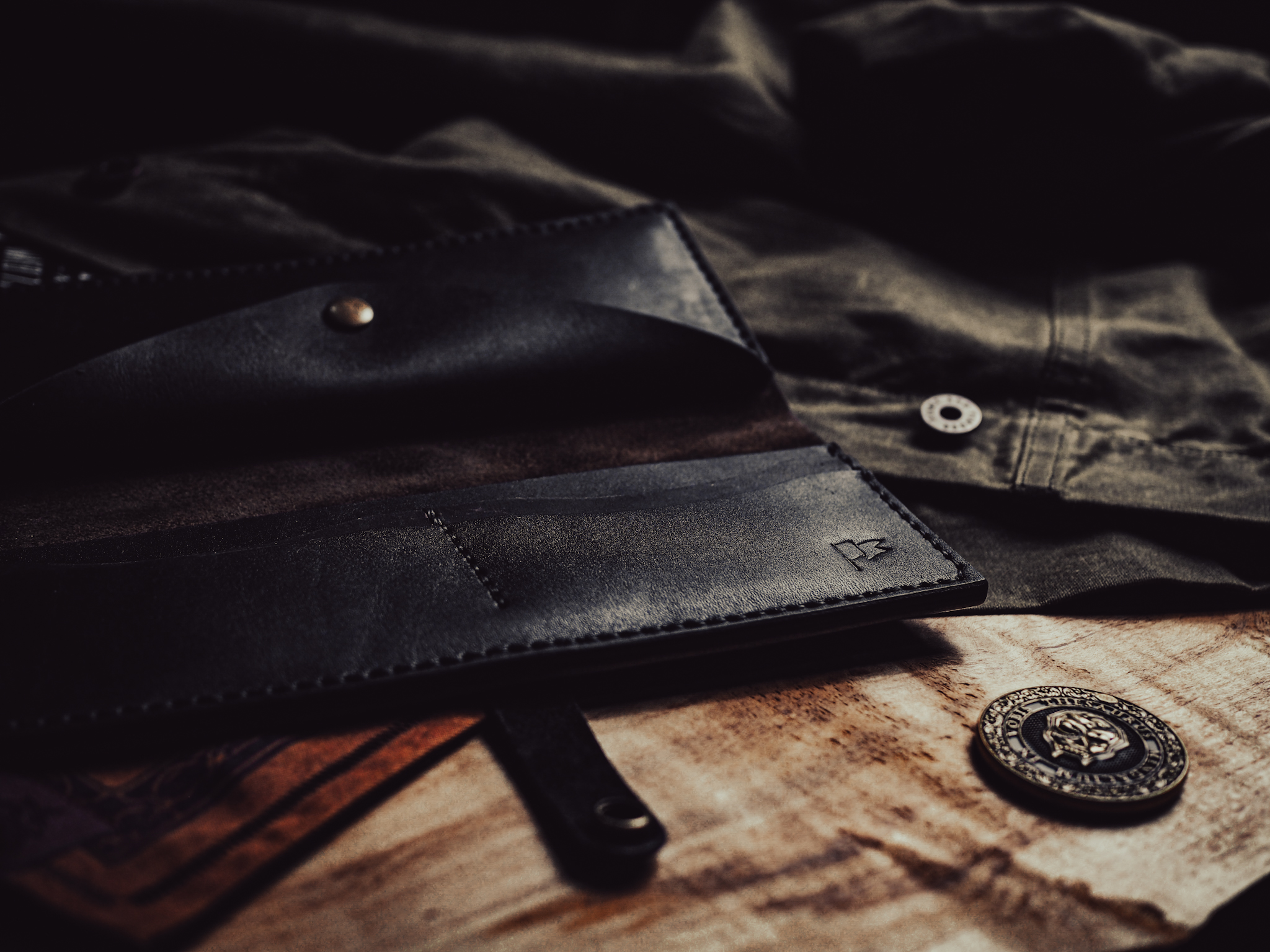
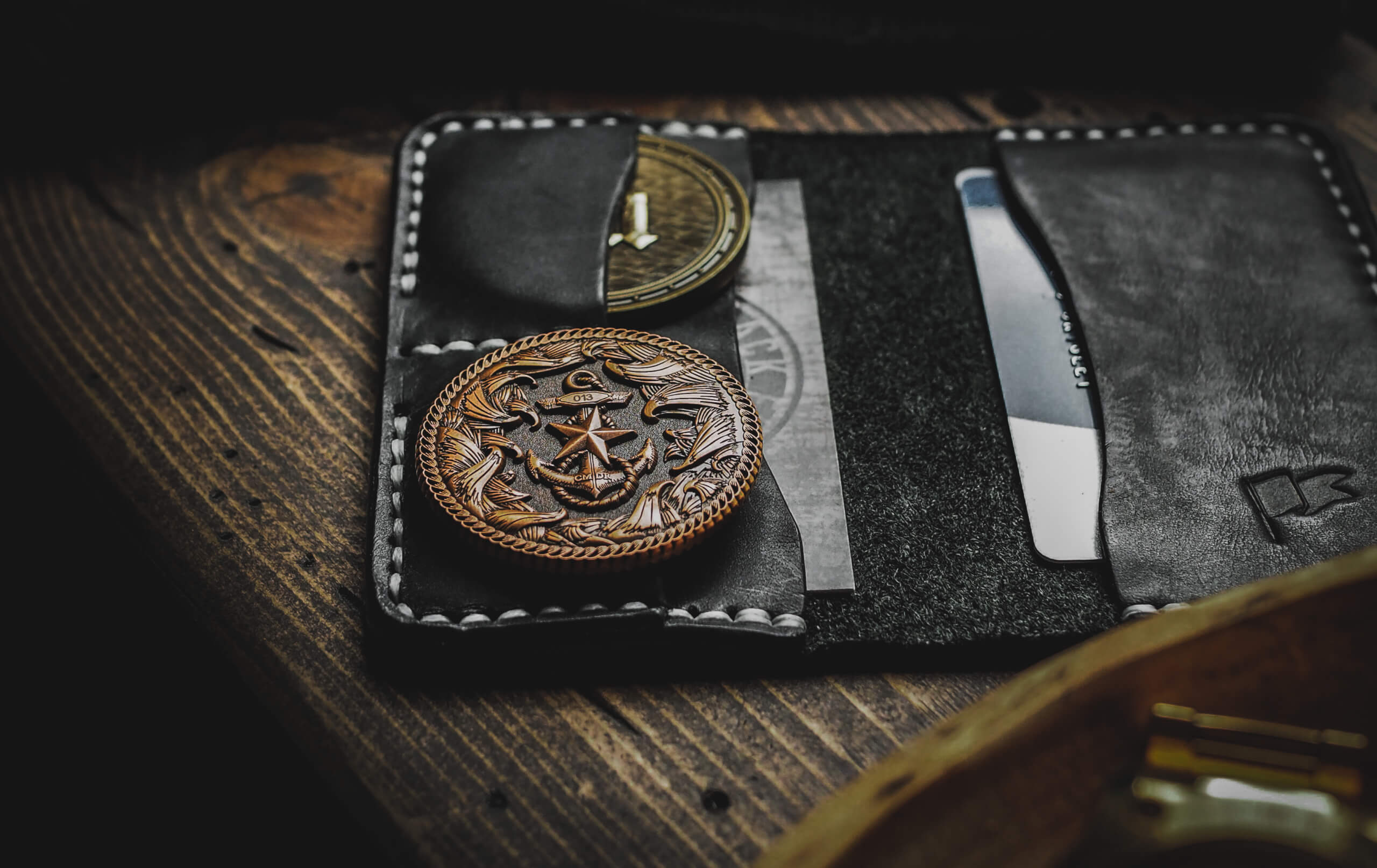

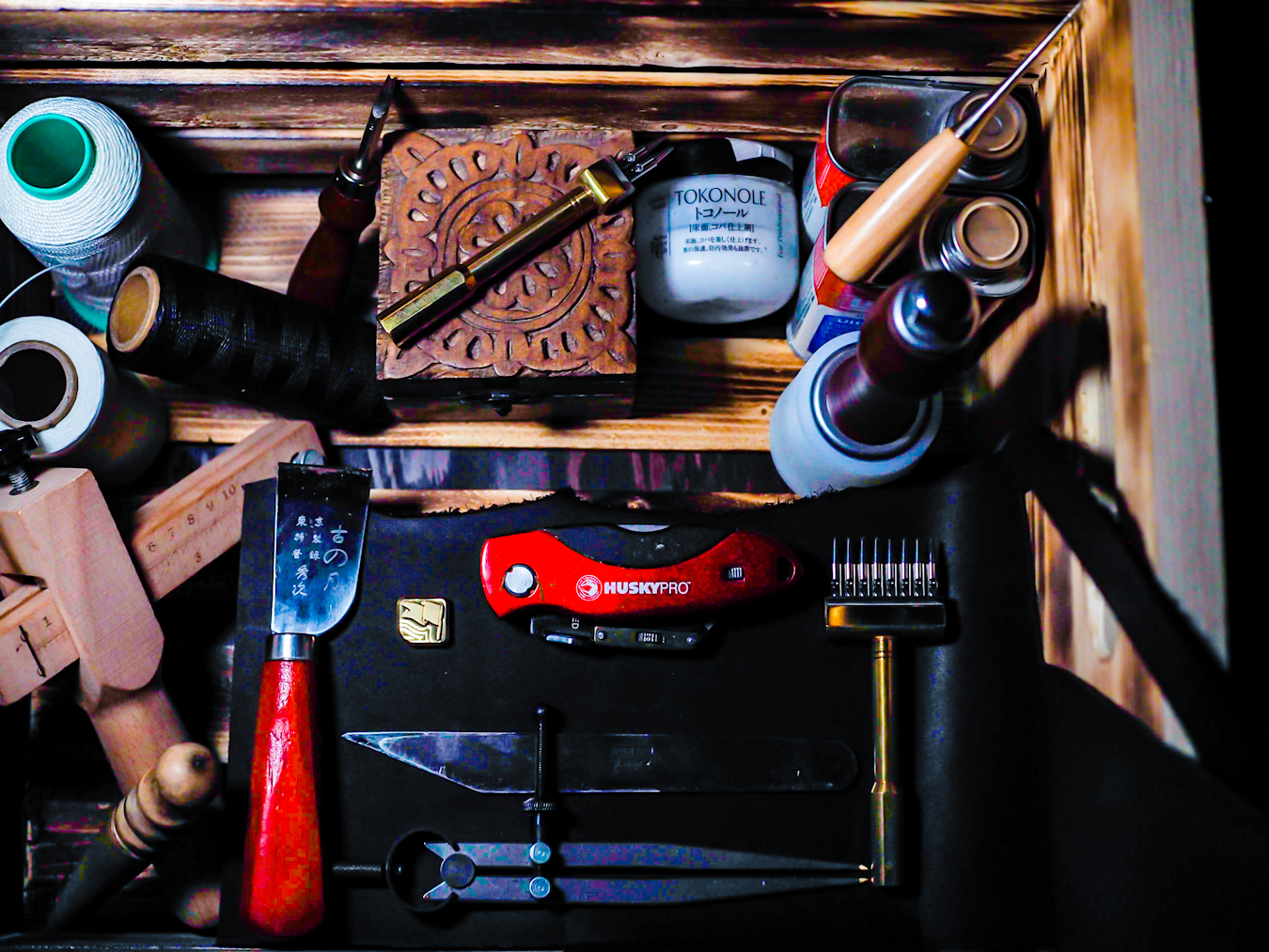


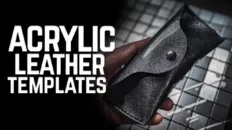
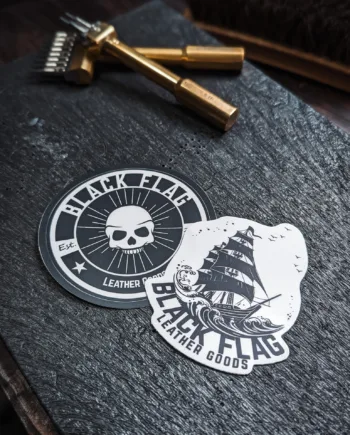
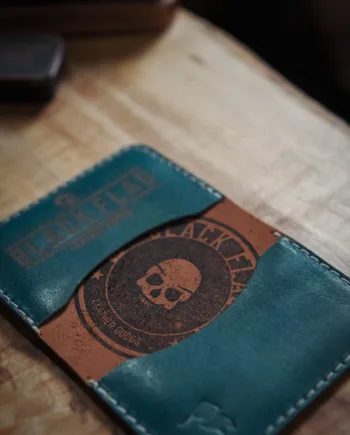
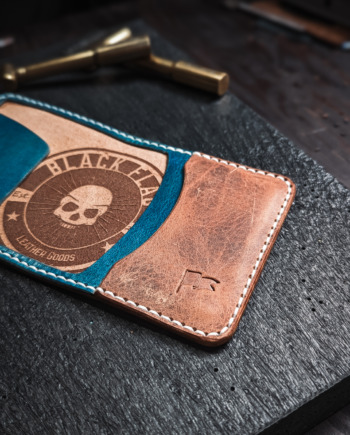
Add comment